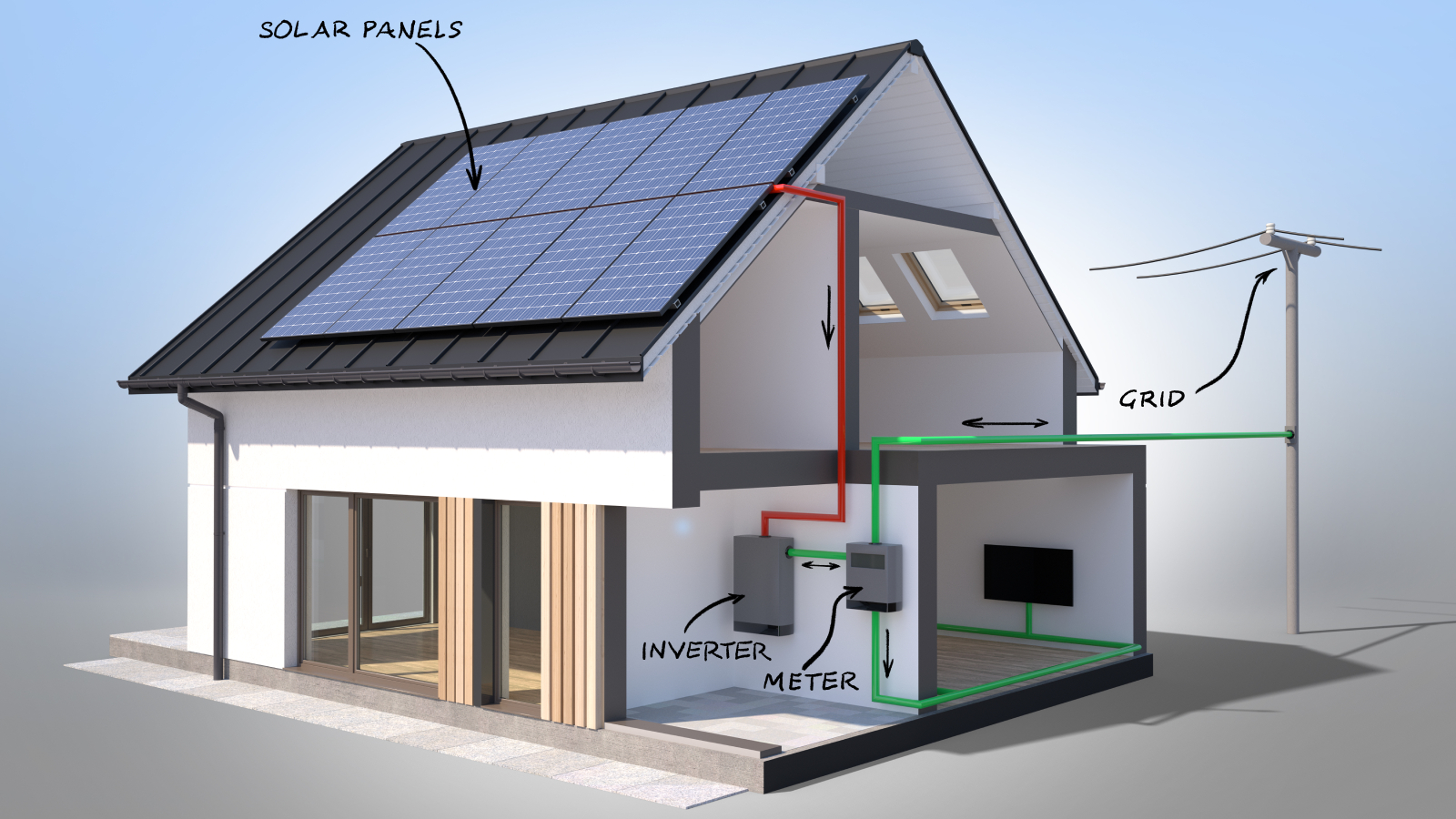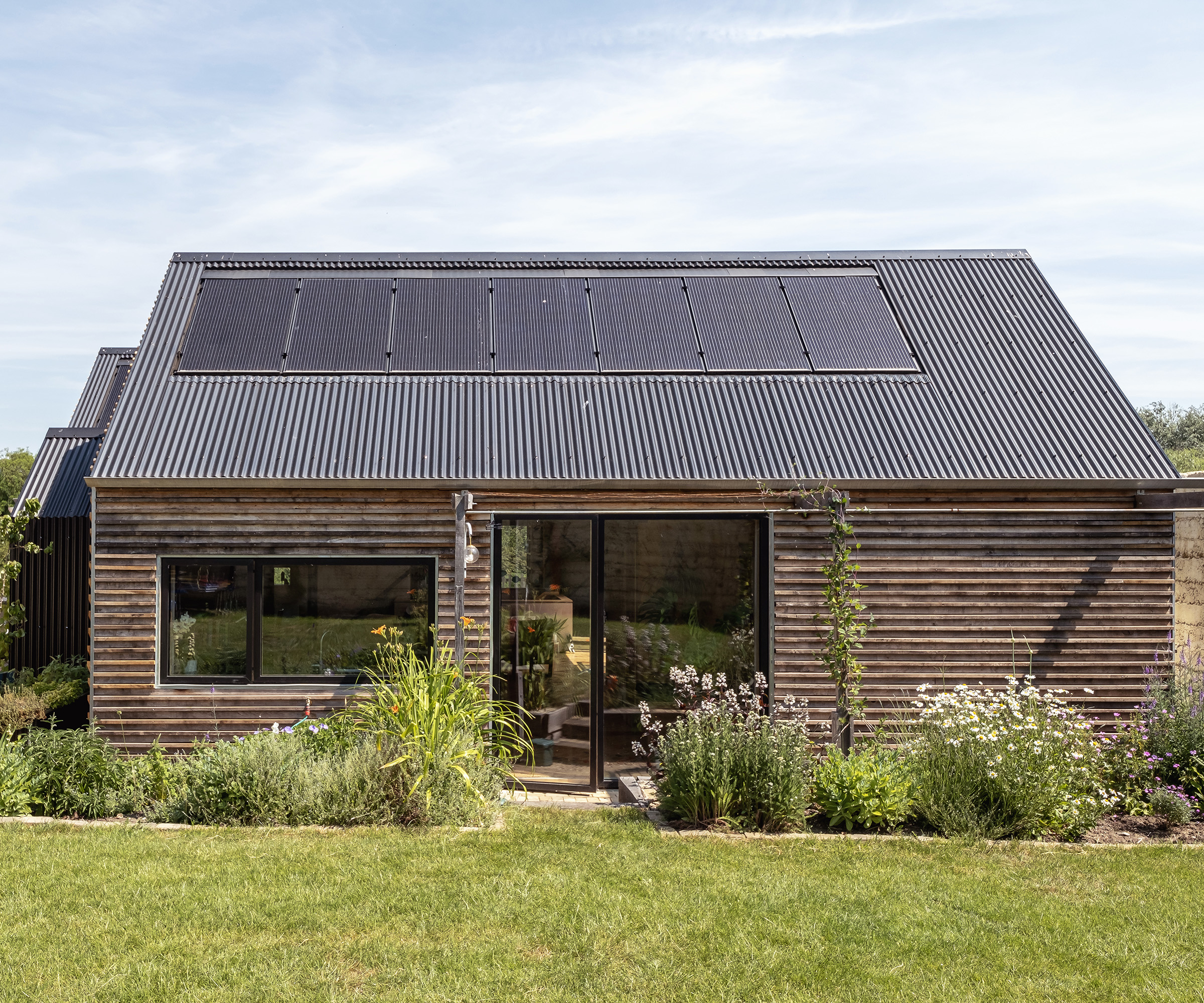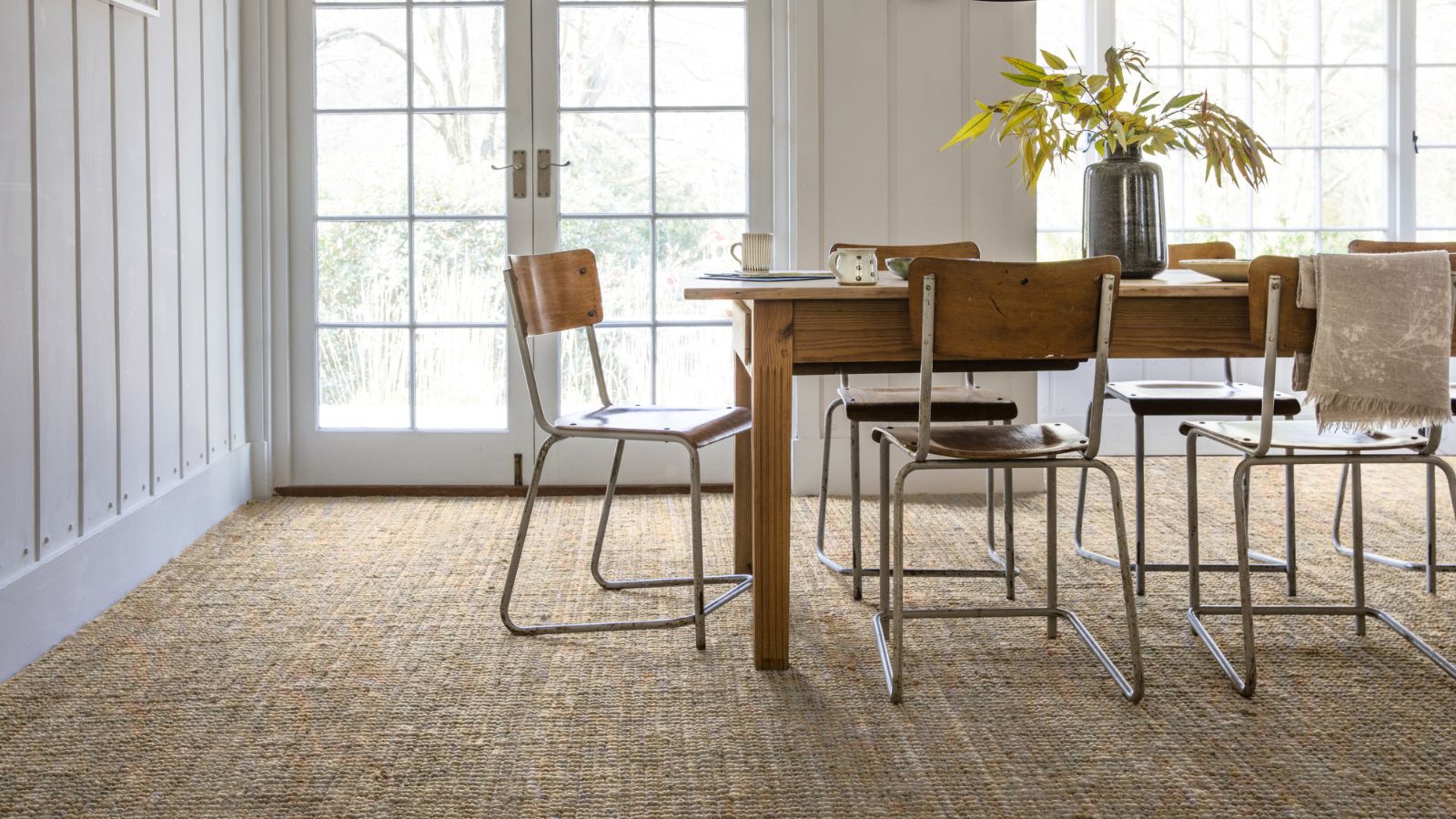What is a solar panel inverter and how important is it in your solar PV set up?
Renewable energy expert, David Hilton outlines what is a solar panel inverter and explains just why it's one of the most important parts of your energy set up

It is hard to believe that it is already 15 years since the introduction of the Feed In Tariff (FiT) and the subsequent mass installation of solar photovoltaic (PV) technology on our roofs.
There is now barely a street in the UK where you don’t see at least one roof with solar panels attached to it, quietly generating clean, green energy. But while we are all now acutely familiar with what the solar PV panels and systems look like, do we know how they actually work and if the technology varies.
Renewables energy expert, David Hilton, explains the importance of solar panel inverters and the part they play in generating electricity for your home.
The role of solar panel inverters
In basic terms, solar PV panels generate electricity from the light of the sun. The brighter the sun, the more energy they generate.
When it comes to the more technical details of how do solar panels work, the generated electricity is direct current (DC), the same type of electricity that you get from a battery, and each panel, when the sun is at it brightest, can produce around 400 Watts of power at around 30 volts.
However, the electricity that we get from the plug sockets in our homes is around 240 volts and it is alternating current (AC), which means that it switches (or pulses) fifty times a second whereas DC does not.
Therefore, in order to use the energy that we generate from the solar panels, we need to convert it to be the same as the electricity in our homes. And this is where a solar panel inverter comes in.
Bring your dream home to life with expert advice, how to guides and design inspiration. Sign up for our newsletter and get two free tickets to a Homebuilding & Renovating Show near you.
The panels are wired into a solar panel inverter in a specific way to match to the requirements of the inverter. If the panels are connected in series (one after the other) then the voltage adds up, and this is known as a ‘string’ of panels.
So, if ten (thirty volt) panels are connected together in series then the result is three hundred volts – although this is still three hundred volts DC. The inverter then changes the DC to 240volts AC.
The reason why the volts are added up is complicated, but there are two factors that influence the power you get from the system: volts and amps. Power, measured in watts, is basically the number of volts multiplied by the number of amps.
However, the sun is not consistent – we get different amounts of light on the panels at different times of the day, plus cloud cover or seasonal changes can mean the power generation varies.
Therefore the solar panel inverter cleverly uses a maximum power point tracking software that ensures that the volts stay the same. It is only the amps that vary according to the light intensity, which means you are then still able to achieve the maximum power output from the system and helps explain why one of the myths about solar needing sunlight isn't true.

Solar panel inverter differences
Although they effectively do the same thing, all solar panel inverters are not the same. Most PV systems will have one ‘string’ inverter, but in situations where there is potential shading on some of the panels, or the panels point in more than one direction, then more than one inverter can be used, potentially on shorter ‘strings’.
Micro inverters
There are also some inverters that are fitted to a single PV panel. These are known as ‘micro’ inverters.
The advantage of micro inverters is that they can manage the individual panel and if there is a fault, or shading, on that particular panel then it does not affect any other panels in the system.
Hybrid inverters
Hybrid inverters, as the name suggests, can perform more than one function. They can convert the generation from the PV panels but can also manage the stored energy in solar battery systems. If the inverter is limited to 16 amps (which is around 3.7kW) on the PV panels, then that will also be the maximum limit of the energy it can deliver from the battery as well.
The hybrid inverter will also have a control software that allows it to send excess energy to the battery if it's not needed in your home. So, effectively, if the panels are generating 3kW but your home is only consuming 1kW, then 2kW goes to the battery.
It can also be commissioned to supply excess energy to the home when the import prices are higher. As an example, if the PV panels are generating 2kW but your home is using 3.5kW, then the additional 1.5kW can be supplied to your home from the battery.
The battery can also be charged up from your home electric supply if you have off peak electric tariffs such as night rates or electric vehicle rates. This way you can still benefit from having a battery in winter when there is a lot less energy generation from your PV panels.
You do however need to make sure that your inverter has this functionality, as not all inverters allow the battery to be charged from the grid.
Maintenance and safety
Of all the components in a solar PV system, the solar inverter has the most working parts, and would normally be the item that potentially fails first.
If they are fitted in lofts then the extra heat in an attic space could affect the life expectancy of the unit. You would also need to connect linked smoke alarms in the loft area so that if there was a fire you would be alerted.
On 31 March 2024, PAS63100 was introduced by the British Standards Institute which gives guidance on where battery storage and solar inverters can be positioned. Under this guidance batteries shall not be installed in rooms in which a person is intended to sleep, in any routes used as a means of escape in the event of a fire, including landings, staircases or corridors.
They also cannot be under, or next to, the stairs or corridor if it is not separated by an adequate fire protected wall.
Solar PV systems are now commonplace in our homes and when I'm asked are solar panels worth it, will always say they represent a good investment, especially as energy prices continue to rocket up.
We do however need to be aware of what all the components are and where they go so that we can be sure to allocate enough space for them to operate optimally and safely.
David is a renewables and ventilation installer, with over 35 years experience, and is a long-standing contributor to Homebuilding and Renovating magazine. He is a member of the Gas Safe Register, has a Masters degree in Sustainable Architecture, and is an authority in sustainable building and energy efficiency, with extensive knowledge in building fabrics, heat recovery ventilation, renewables, and also conventional heating systems. He is also a speaker at the Homebuilding & Renovating Show.
Passionate about healthy, efficient homes, he is director of Heat and Energy Ltd. He works with architects, builders, self builders and renovators, and designs and project manages the installation of ventilation and heating systems to achieve the most energy efficient and cost effective outcome for every home.

